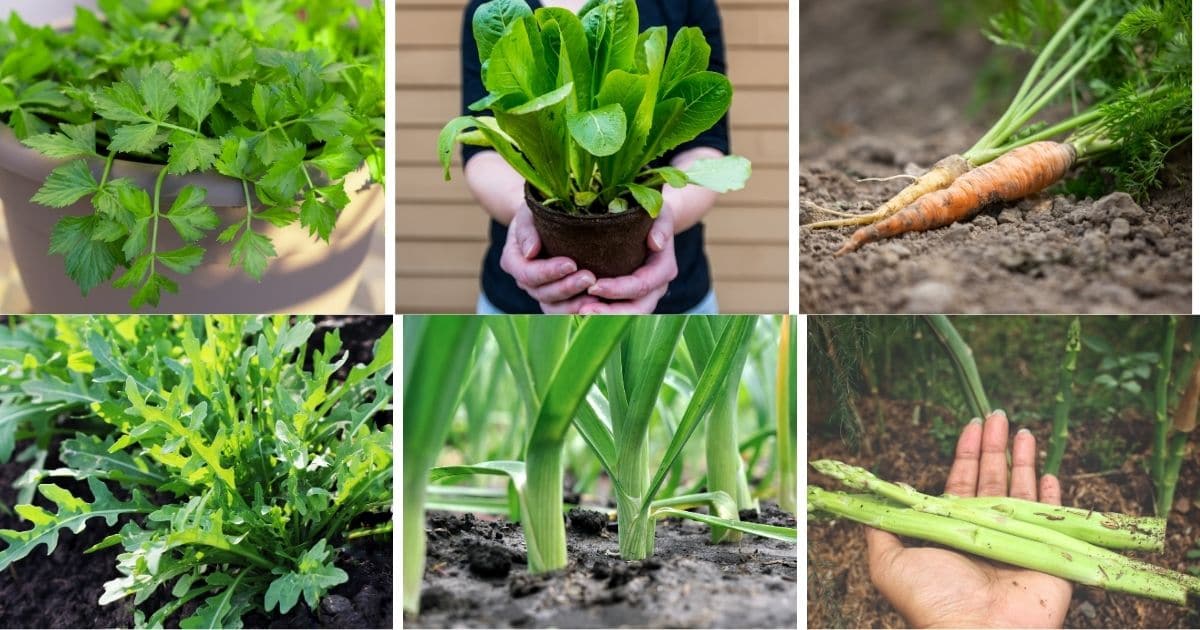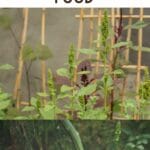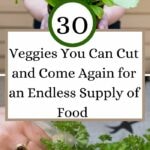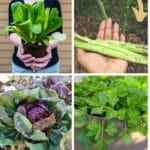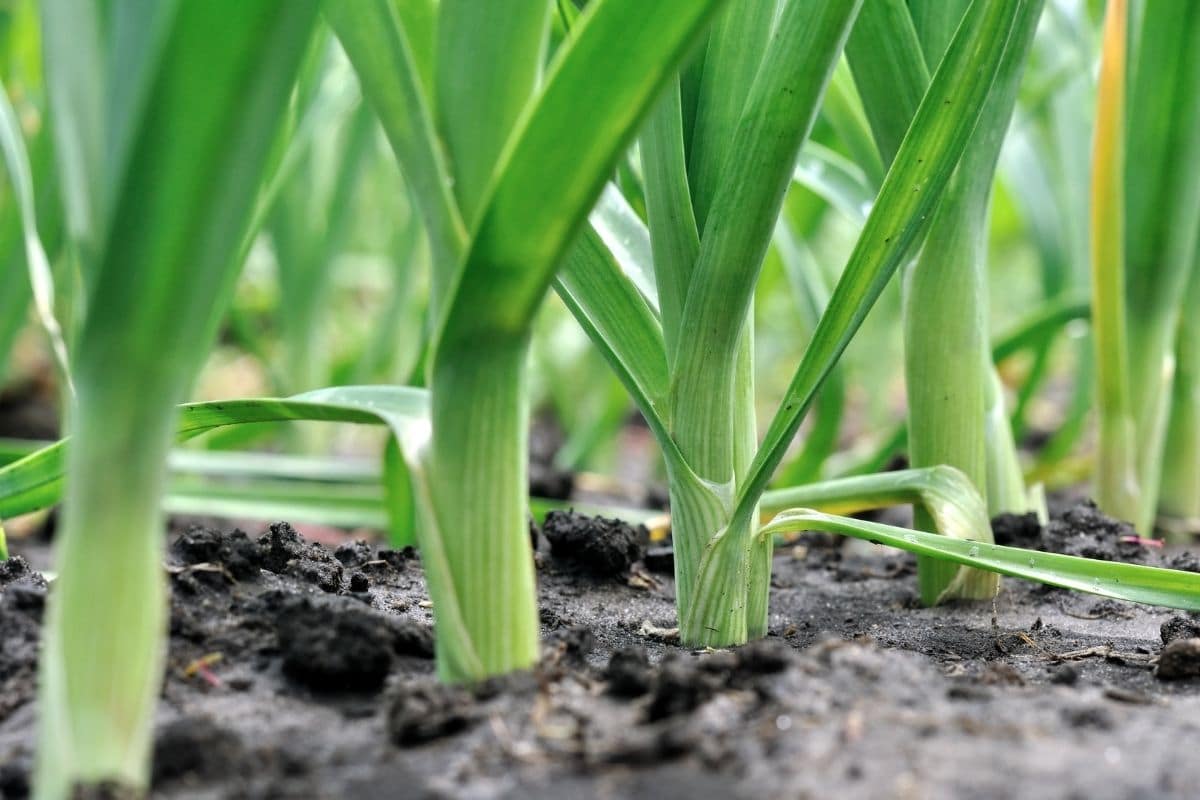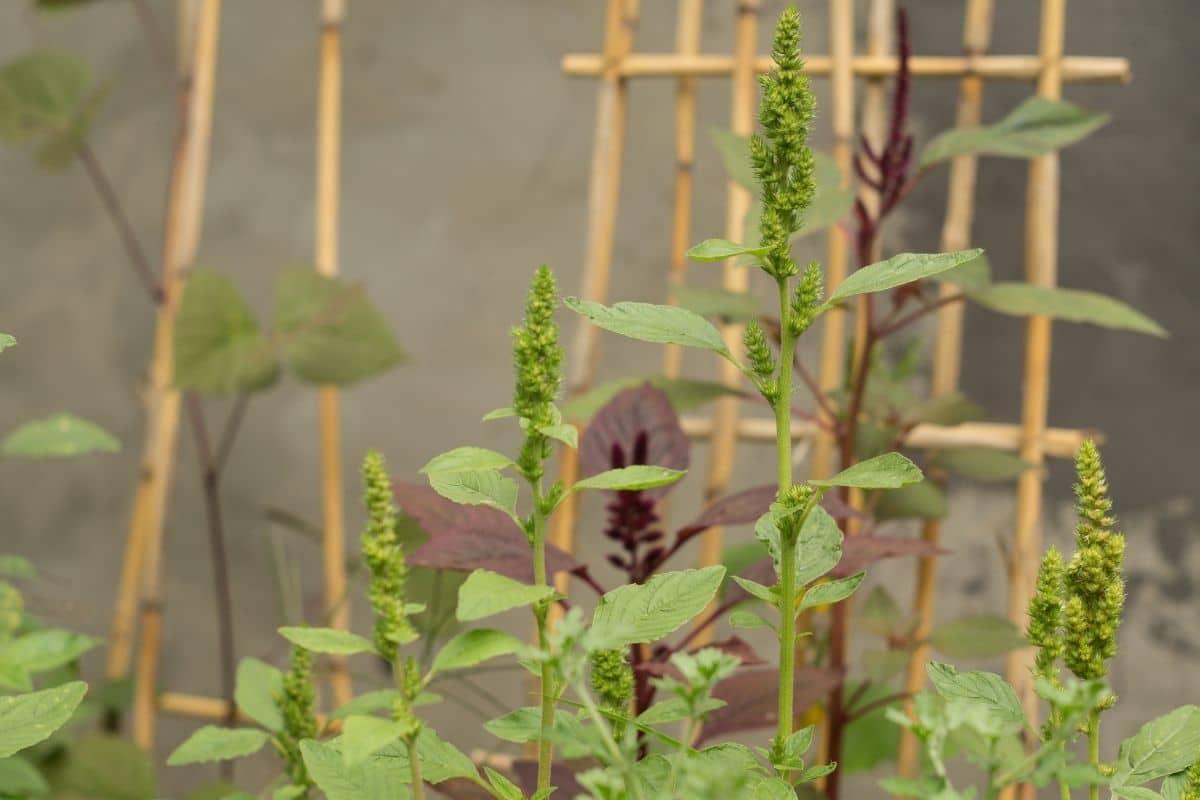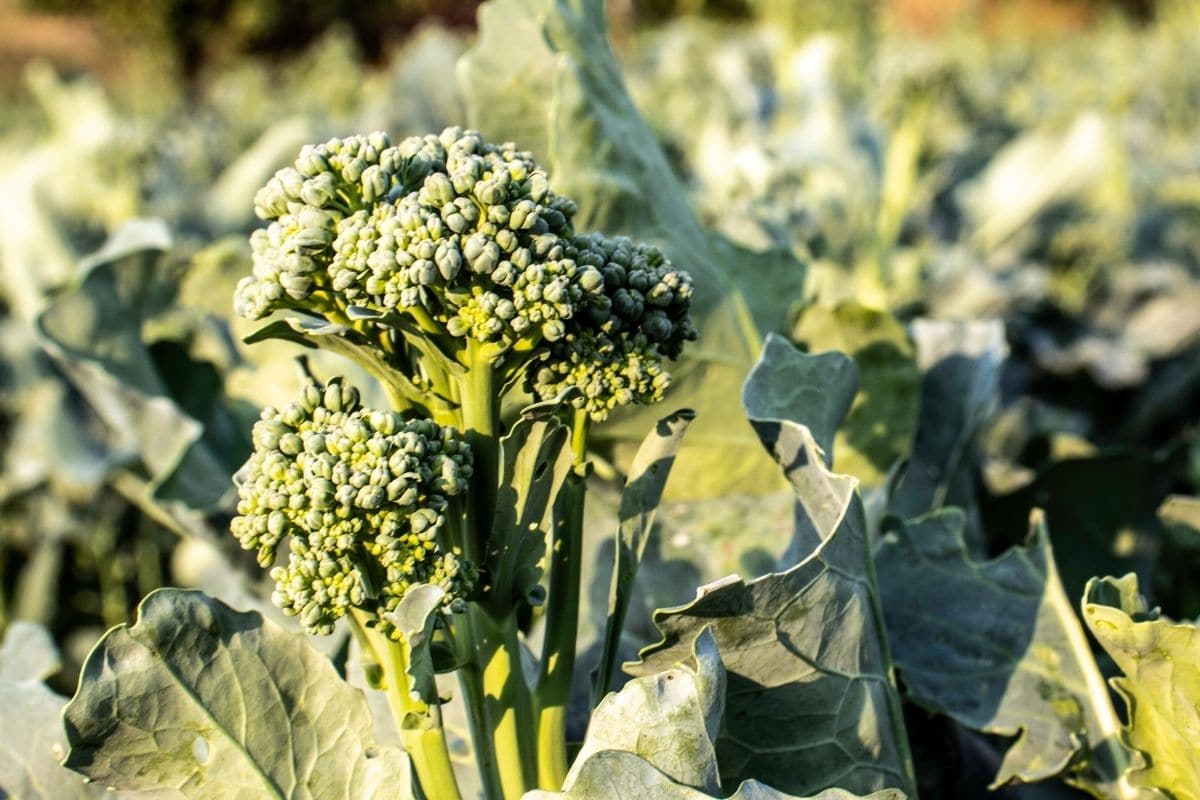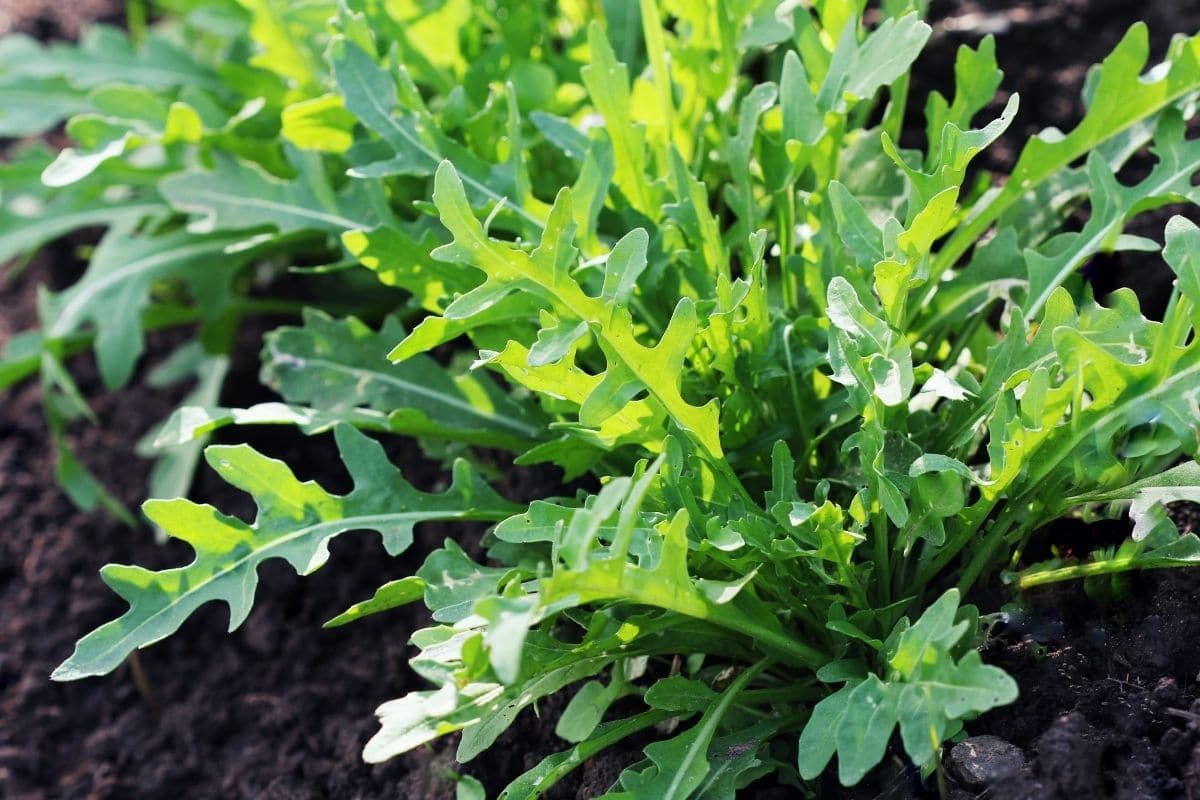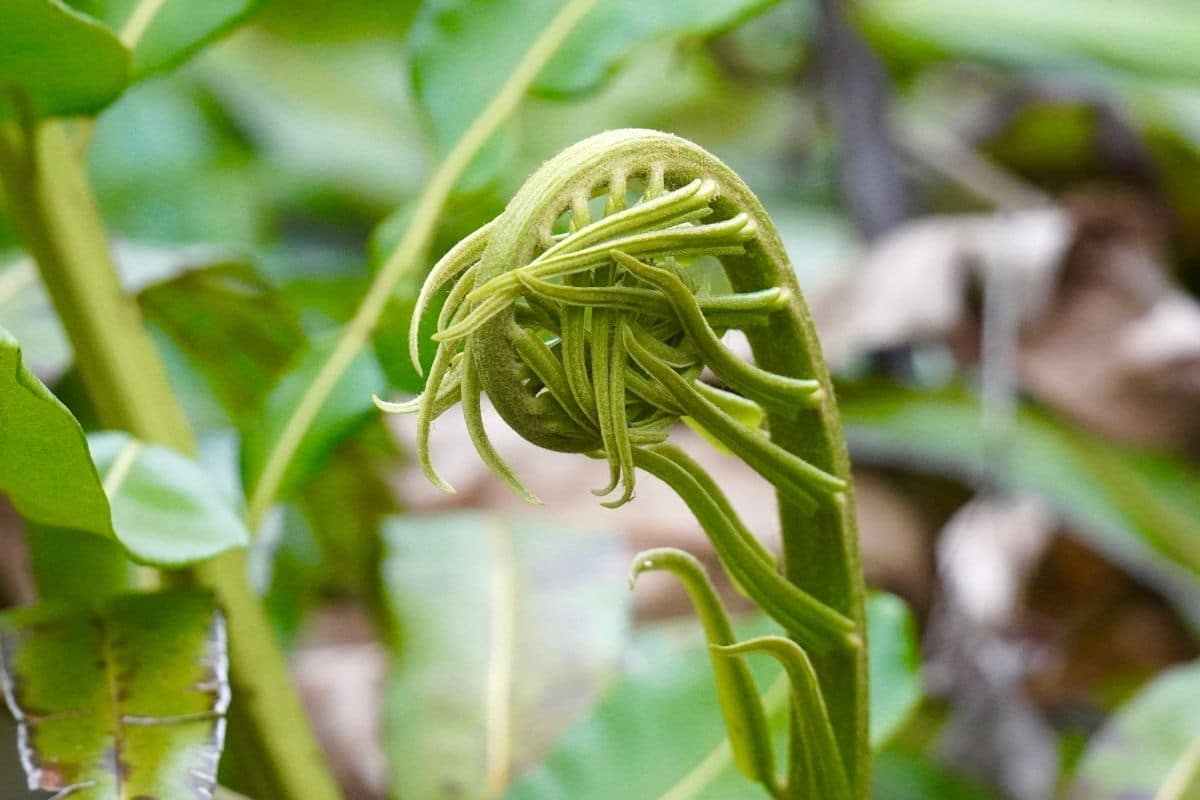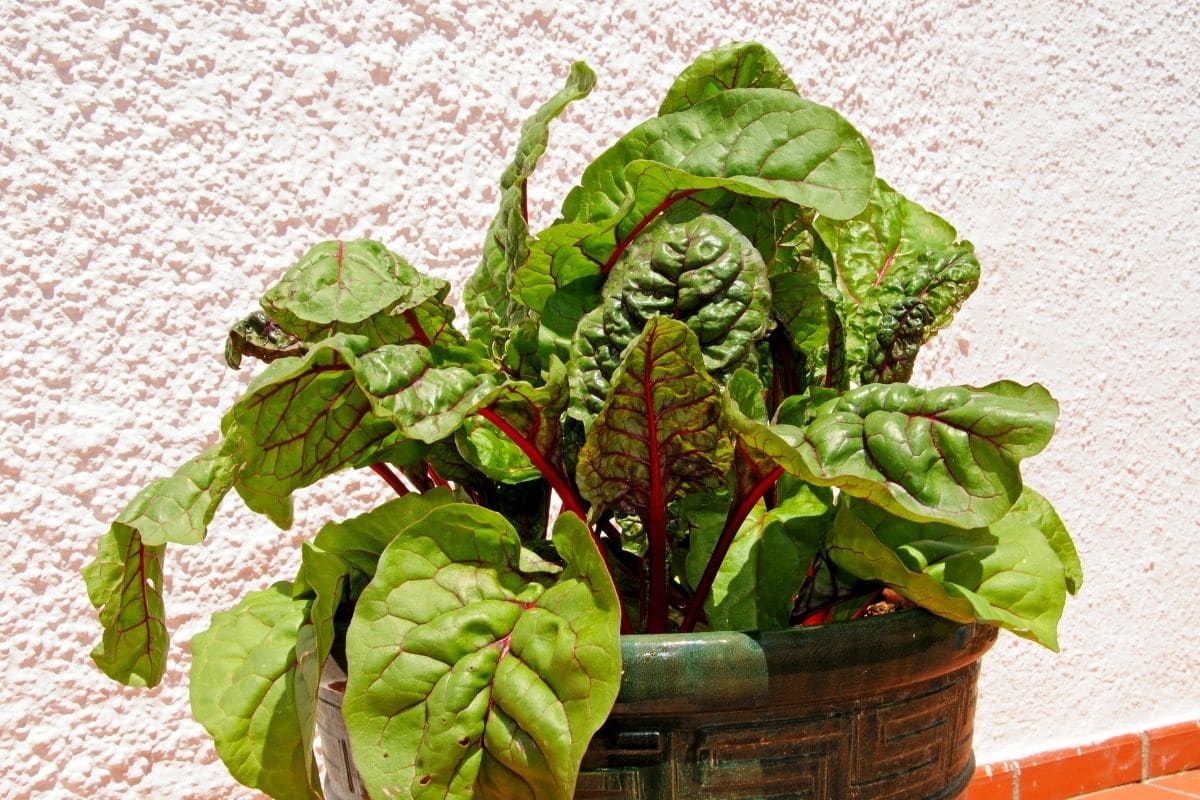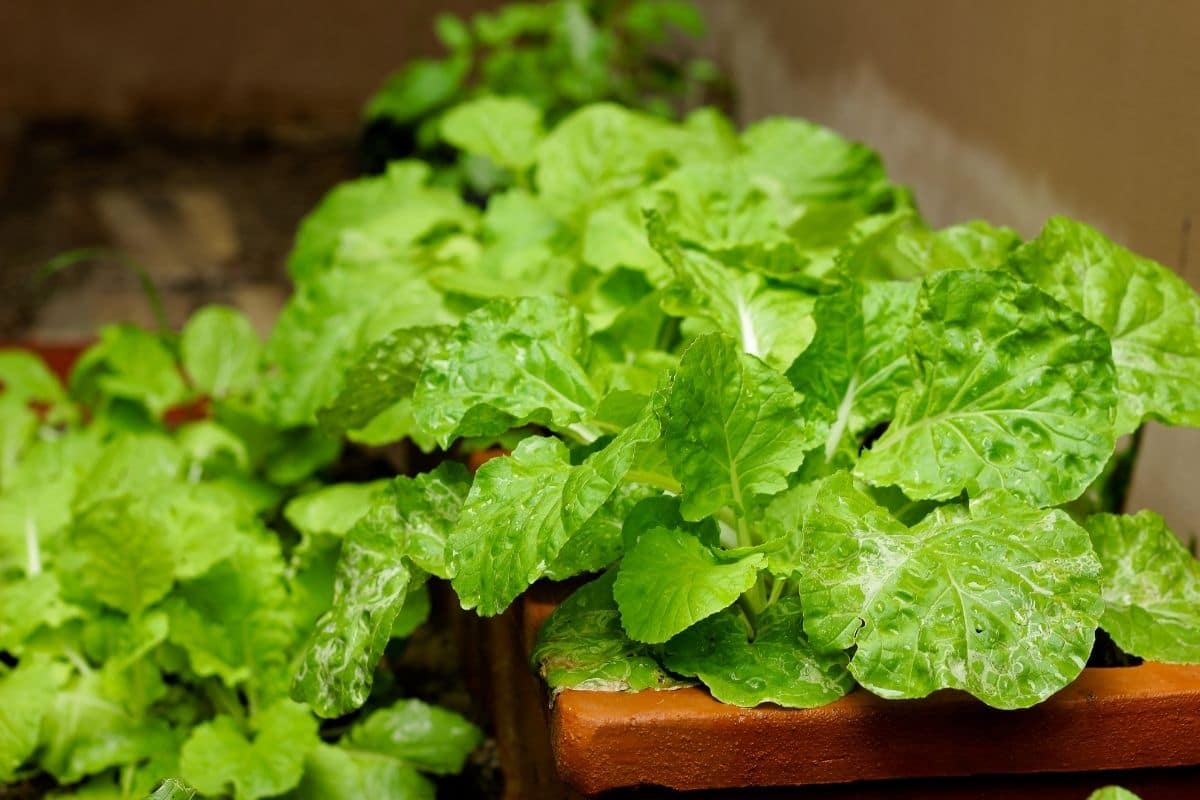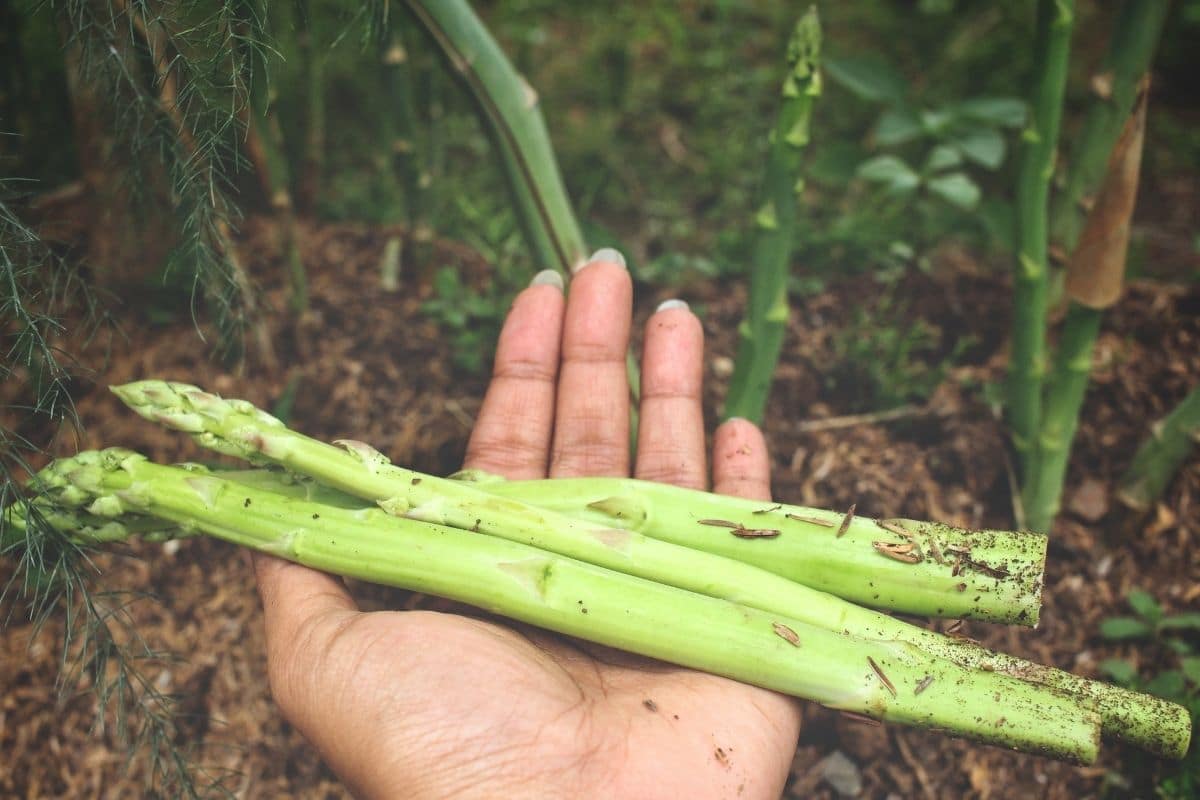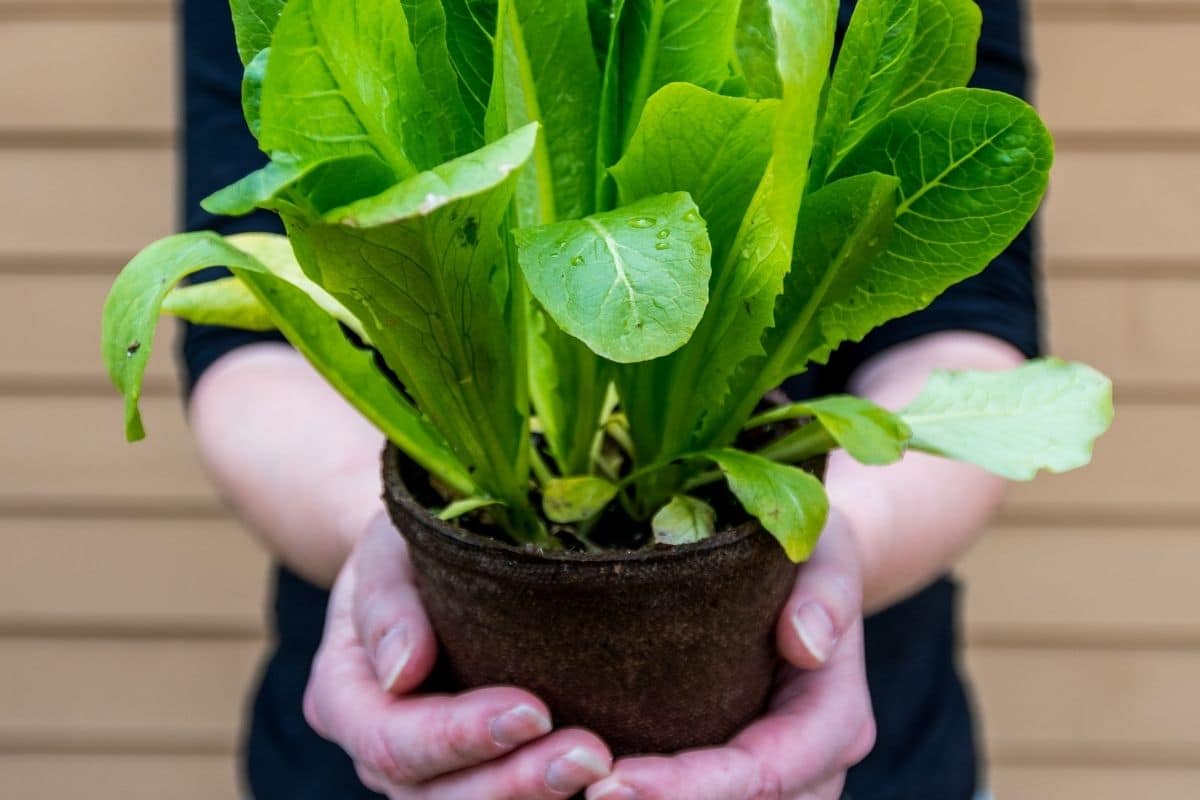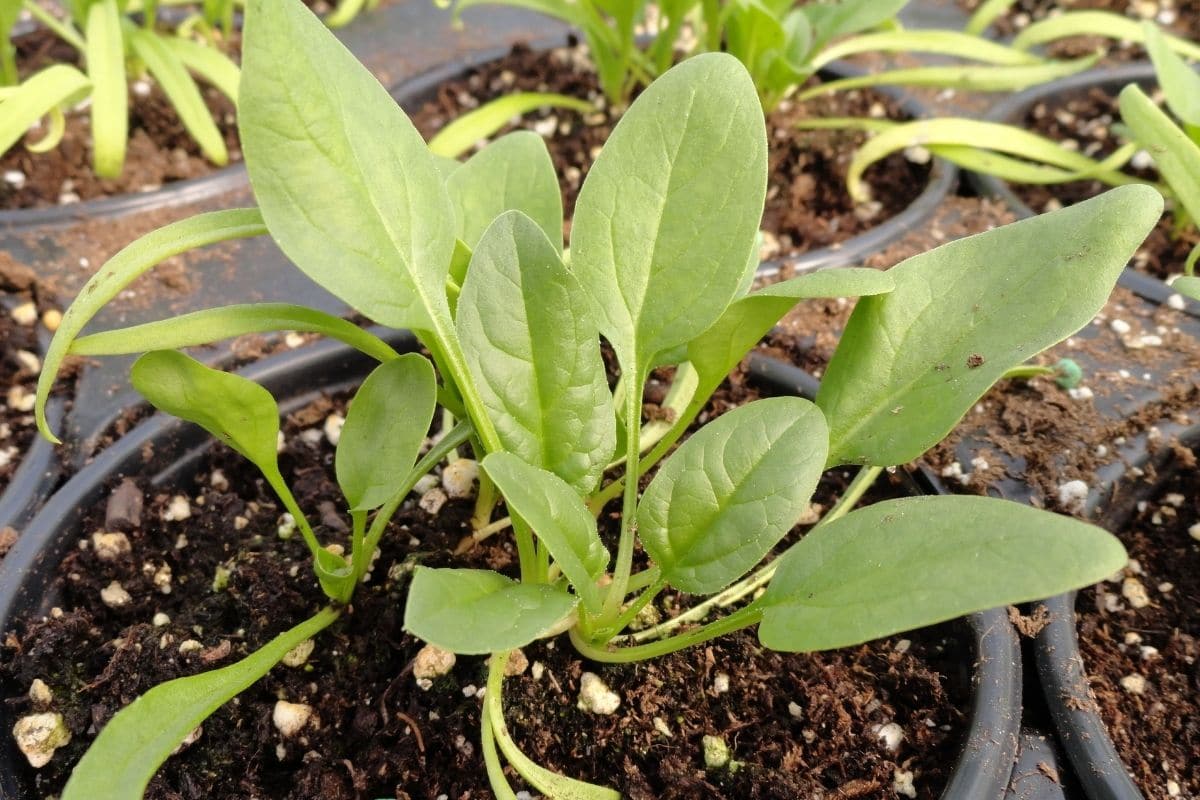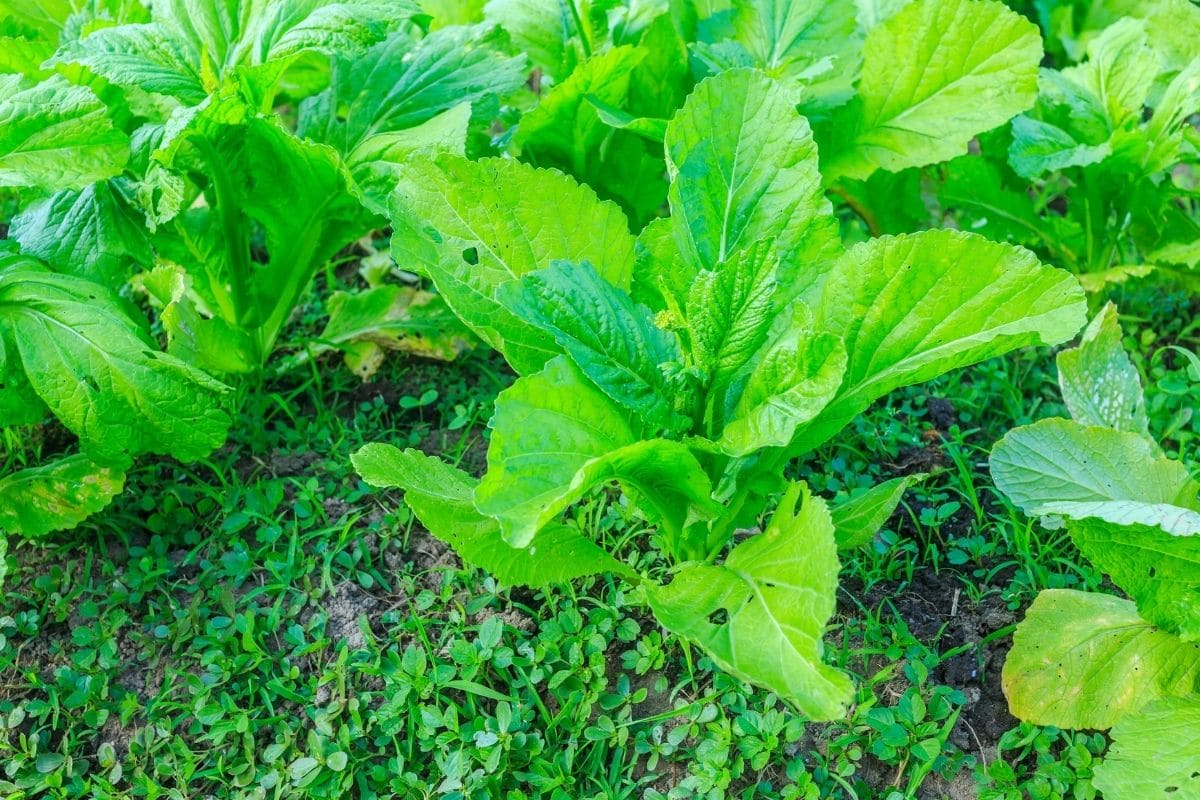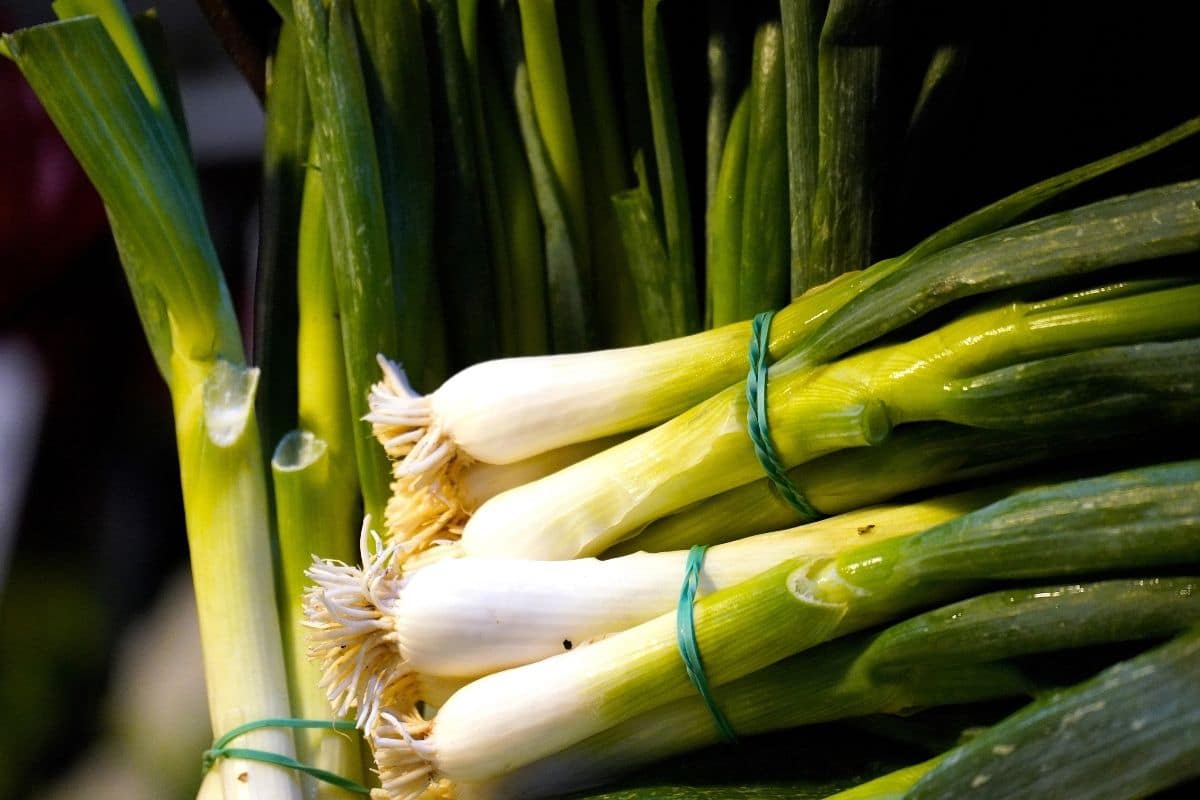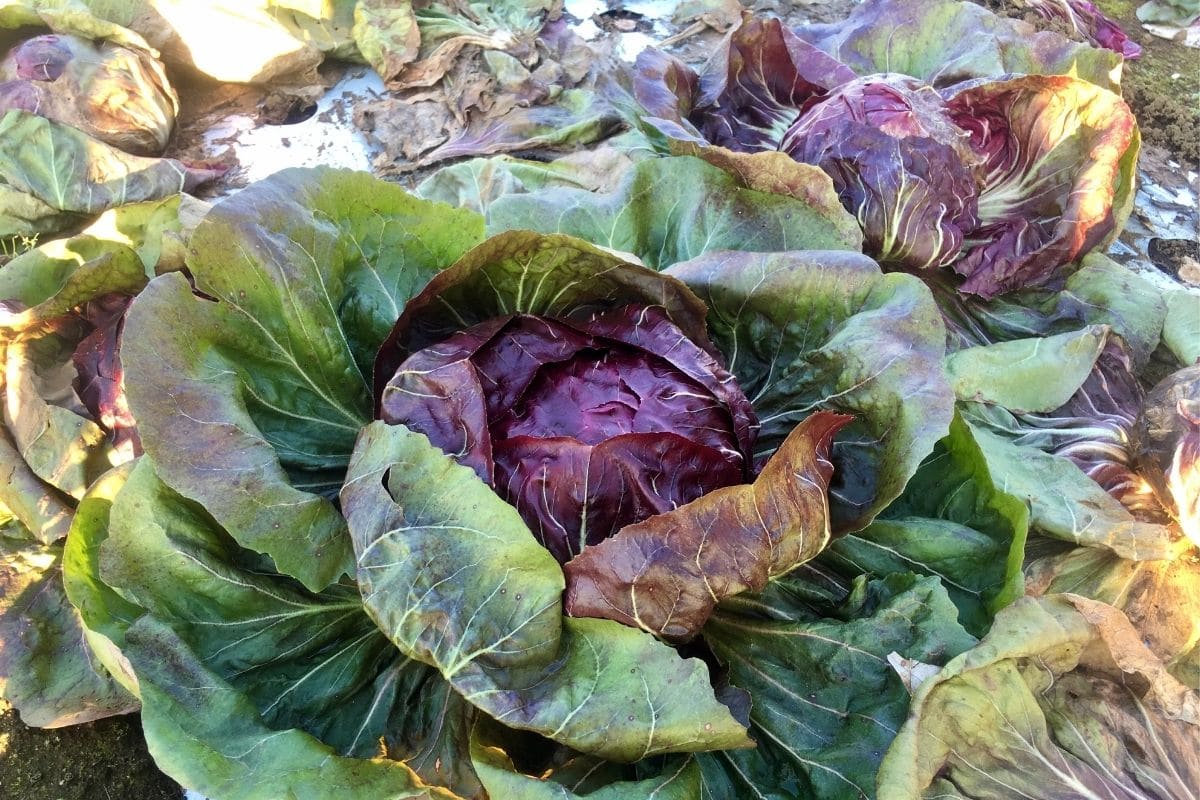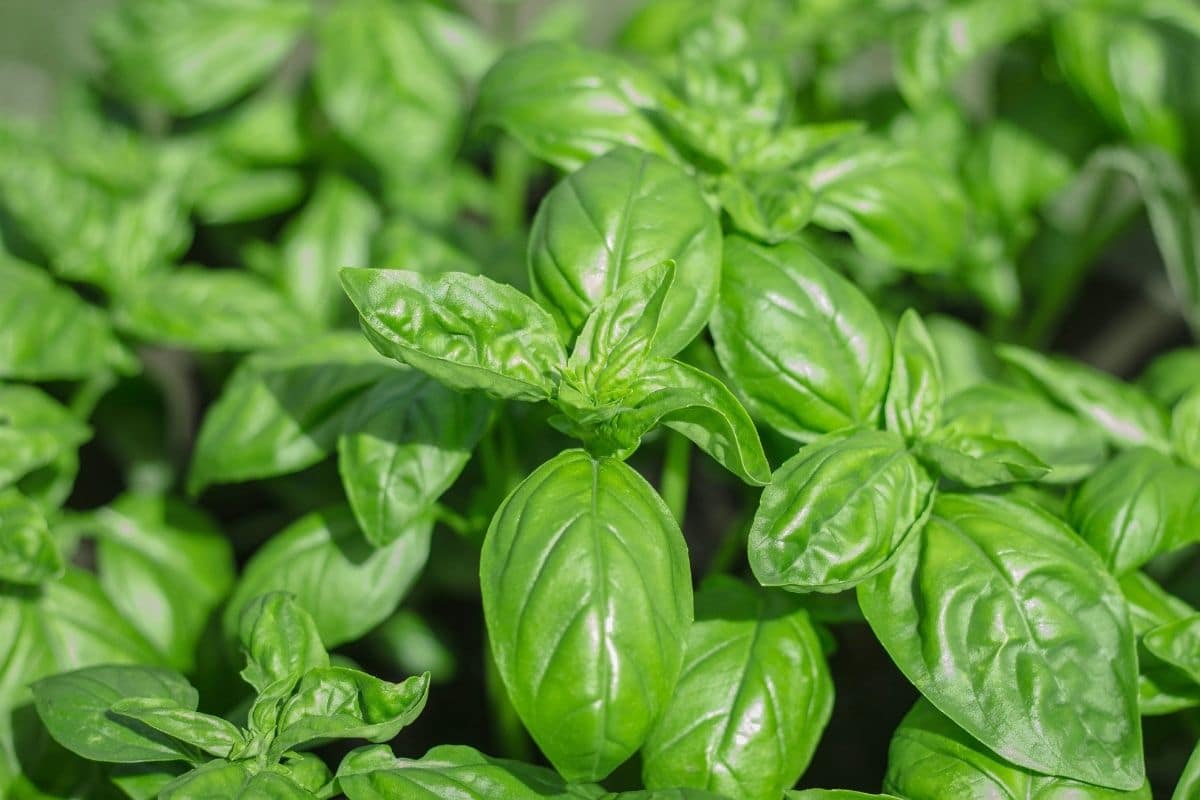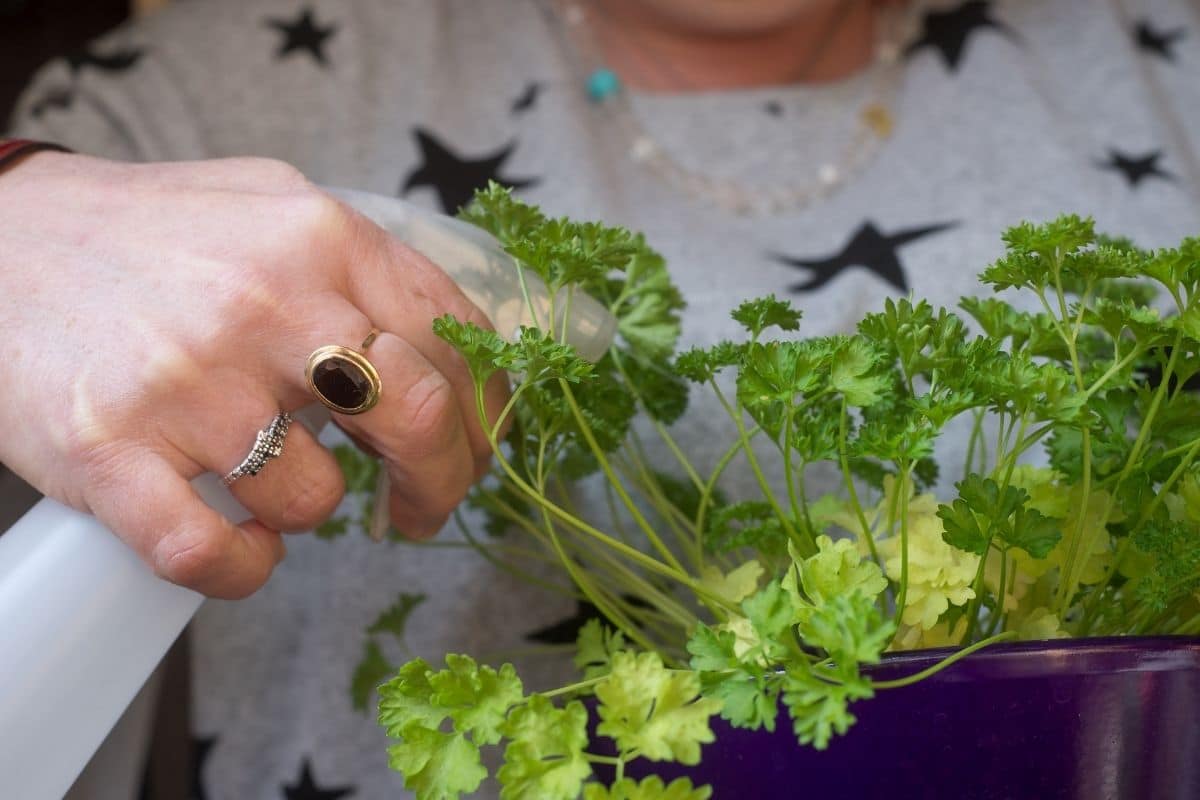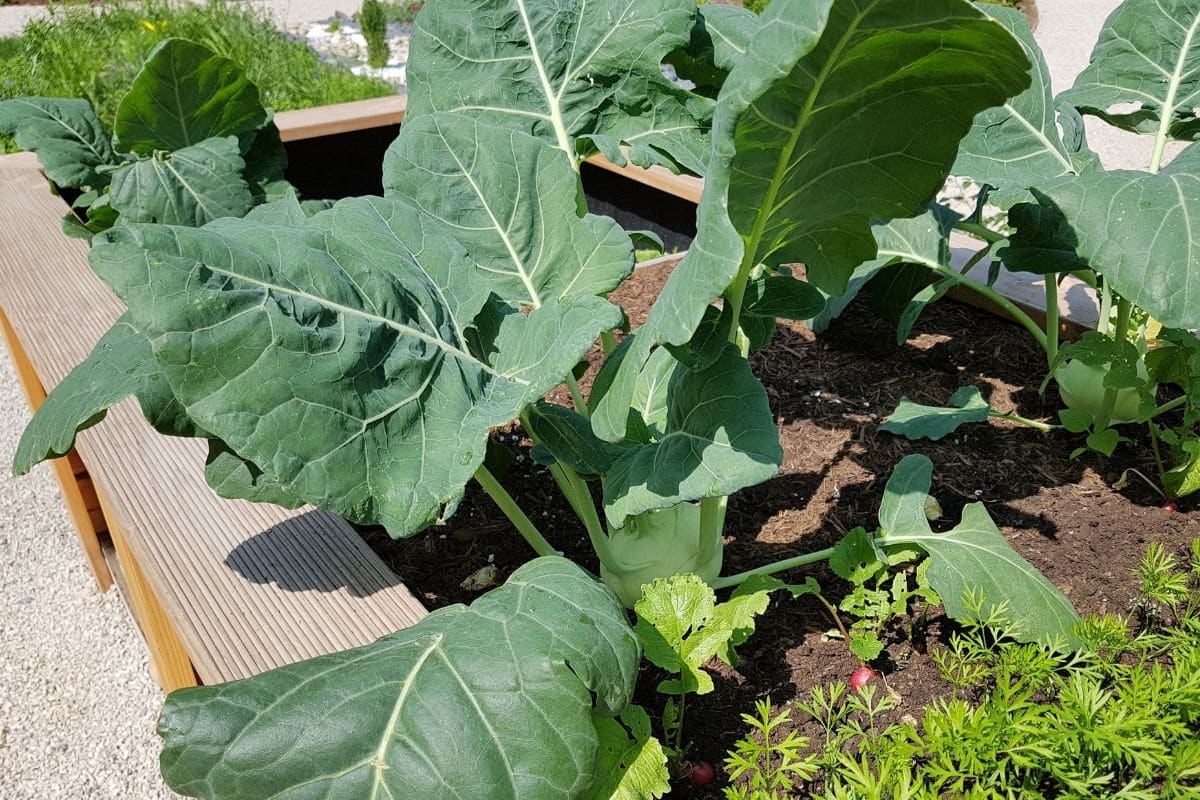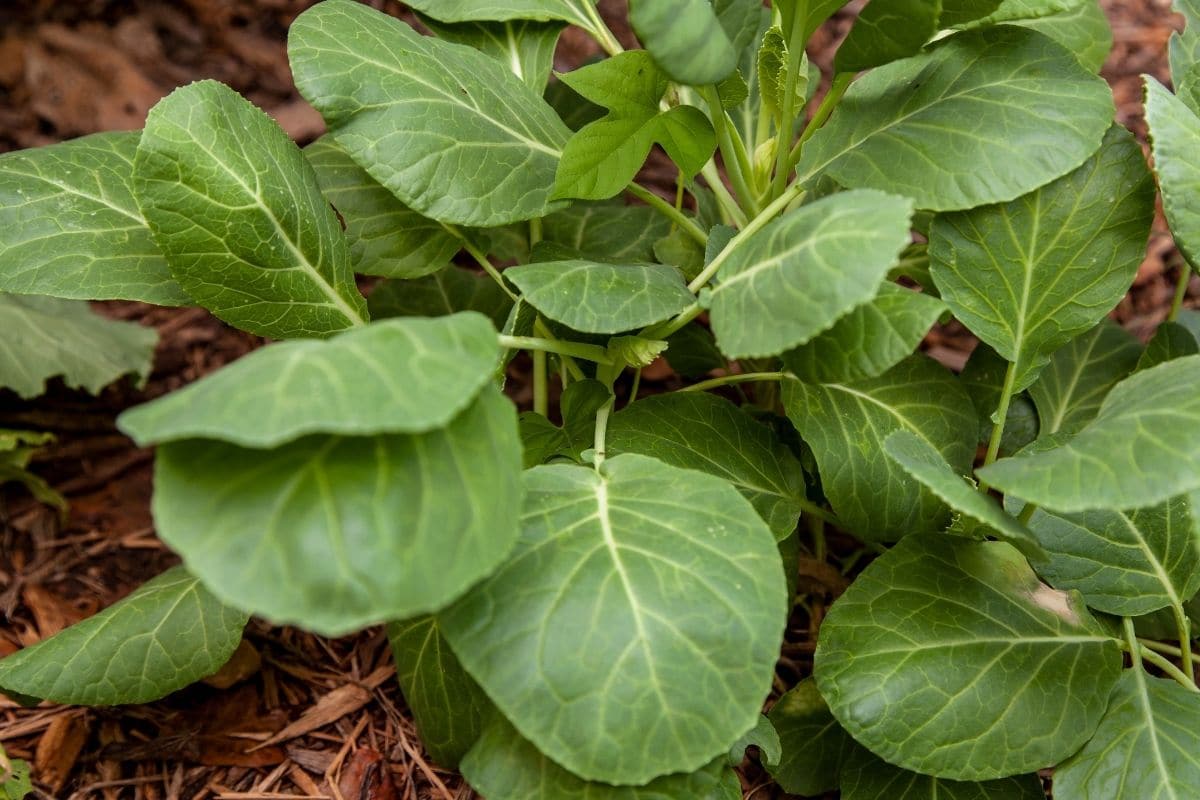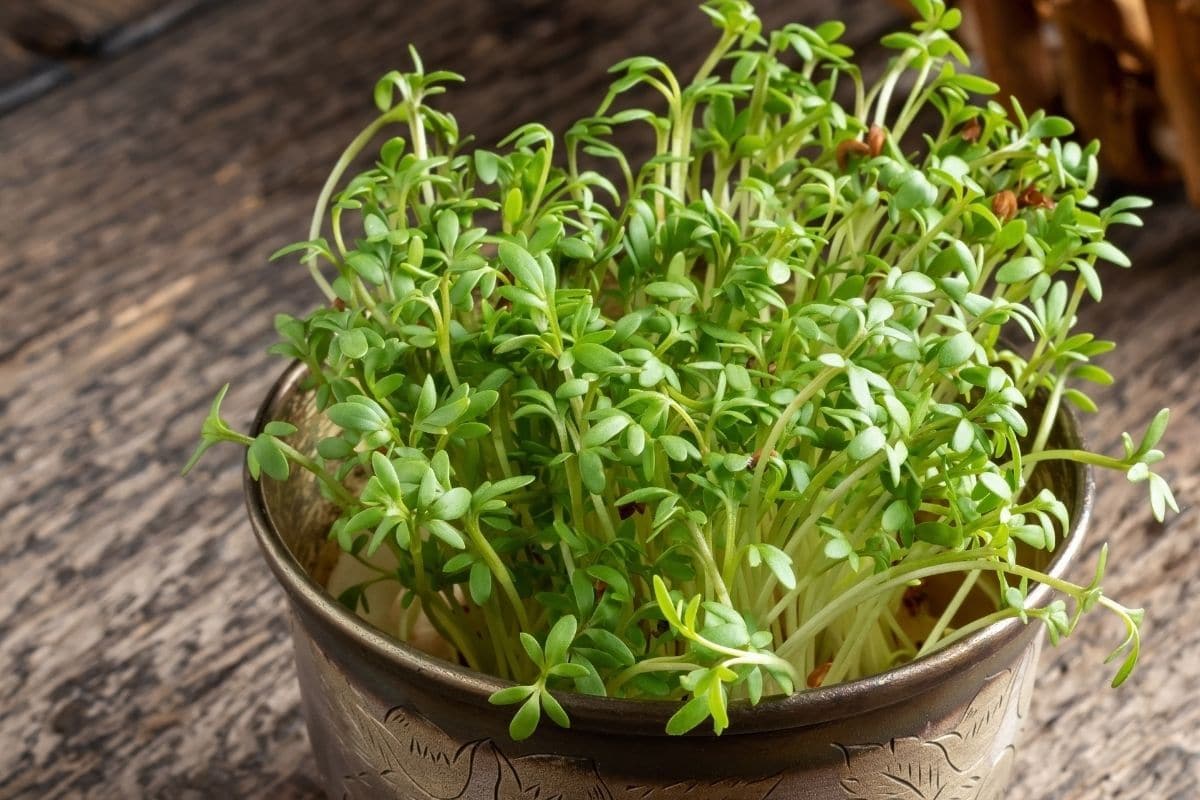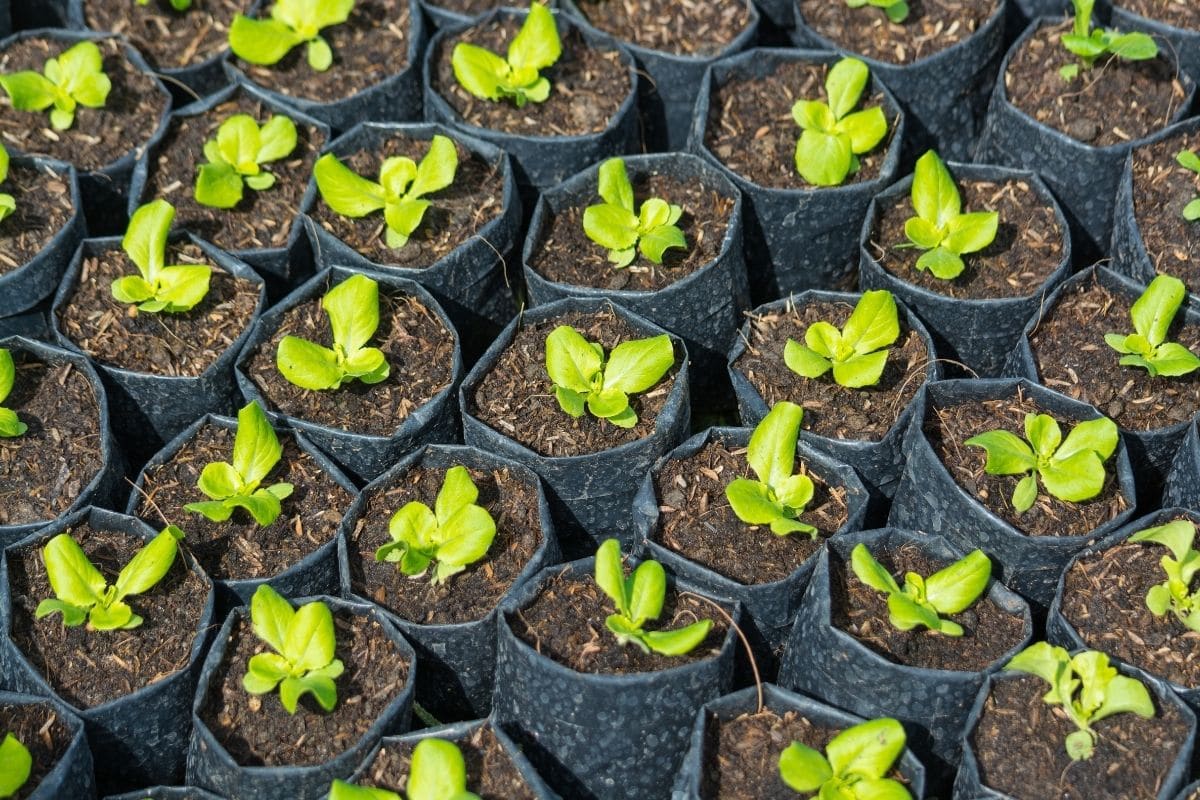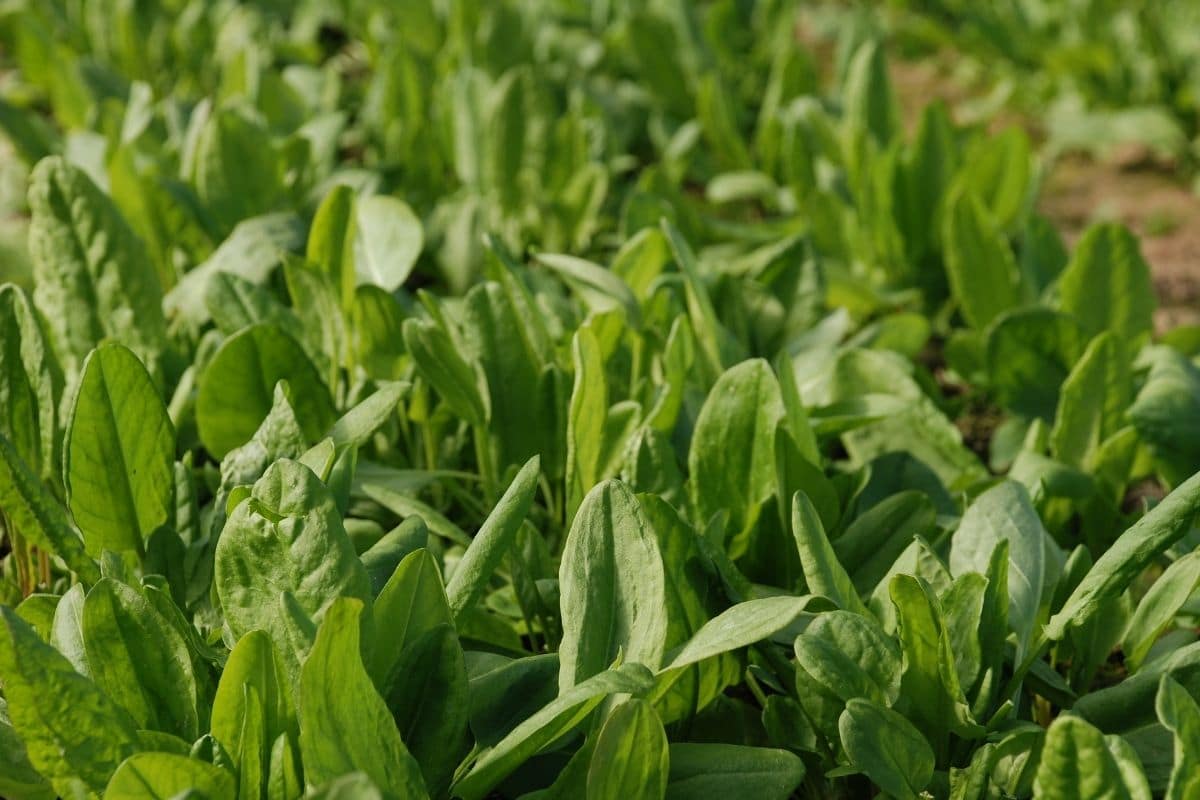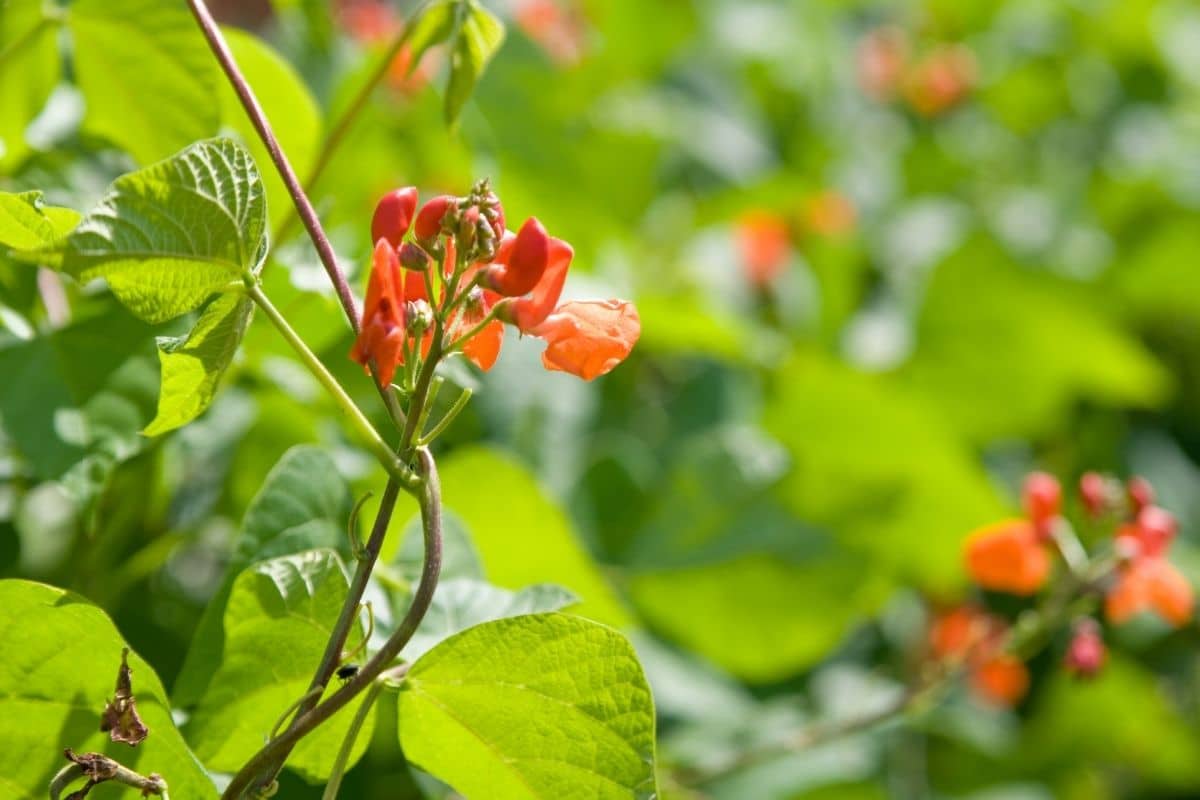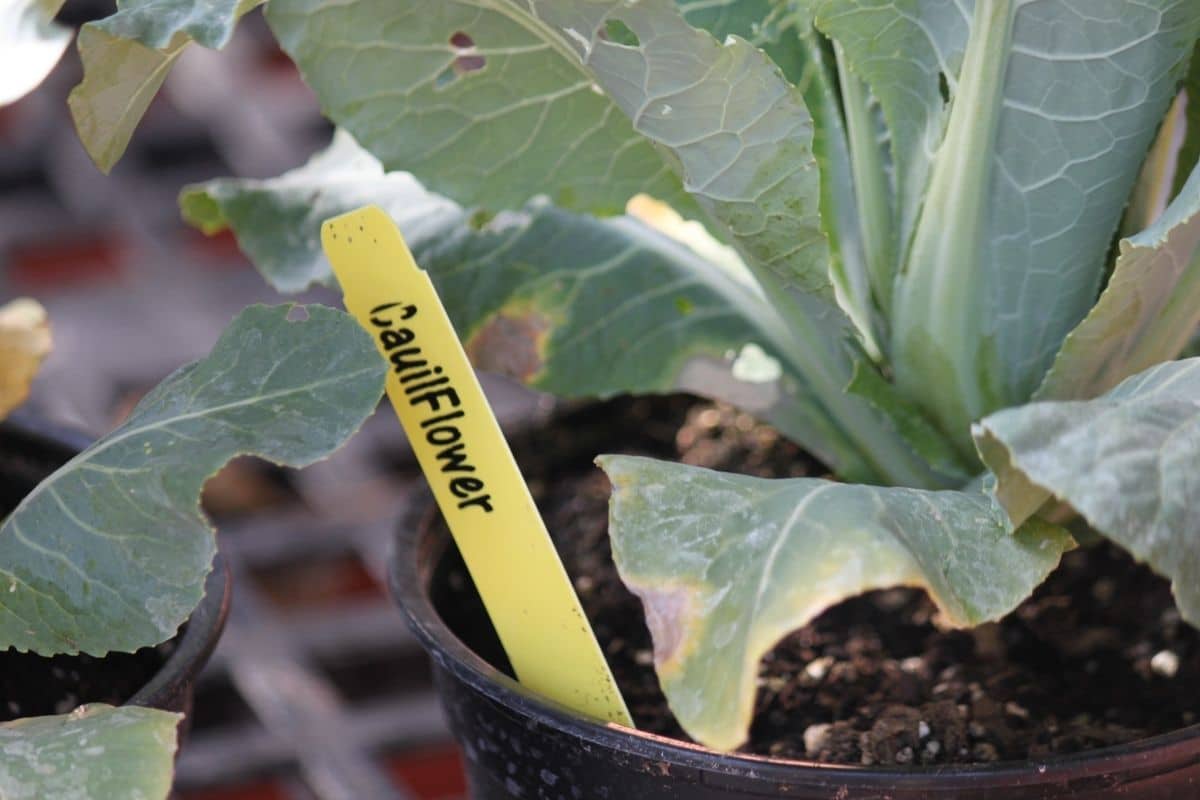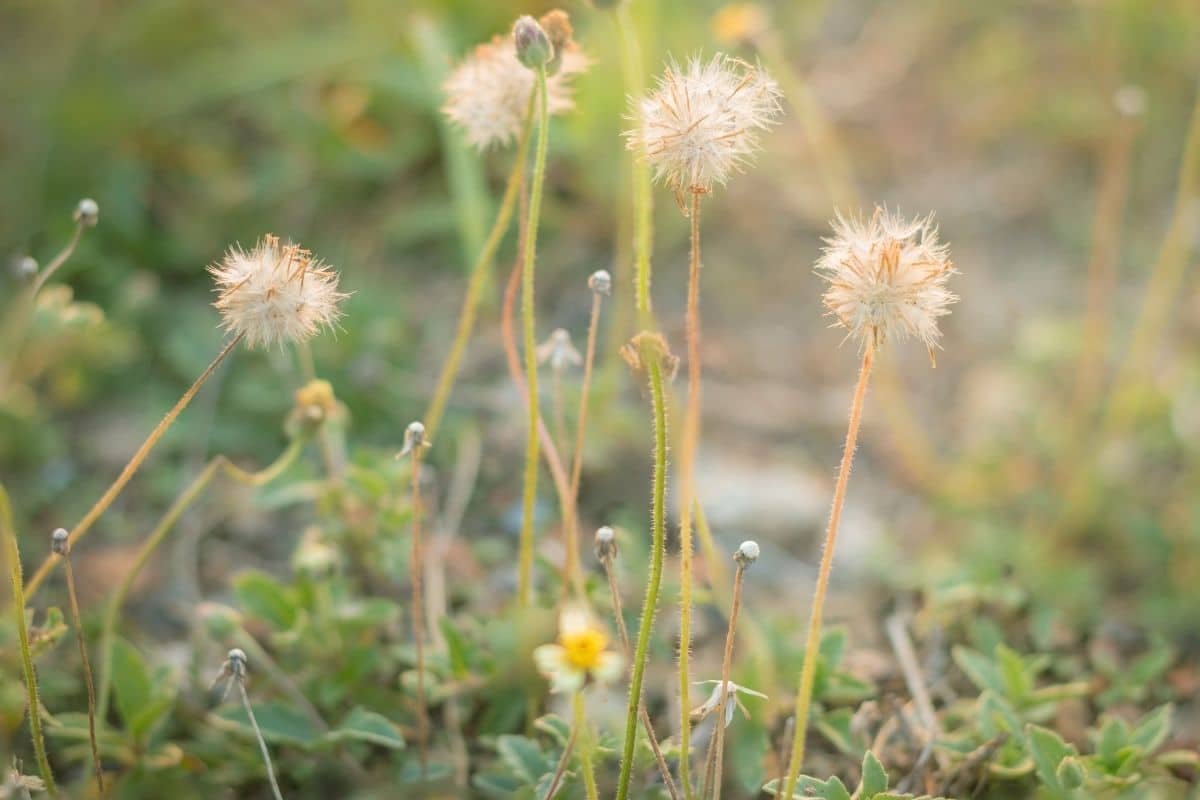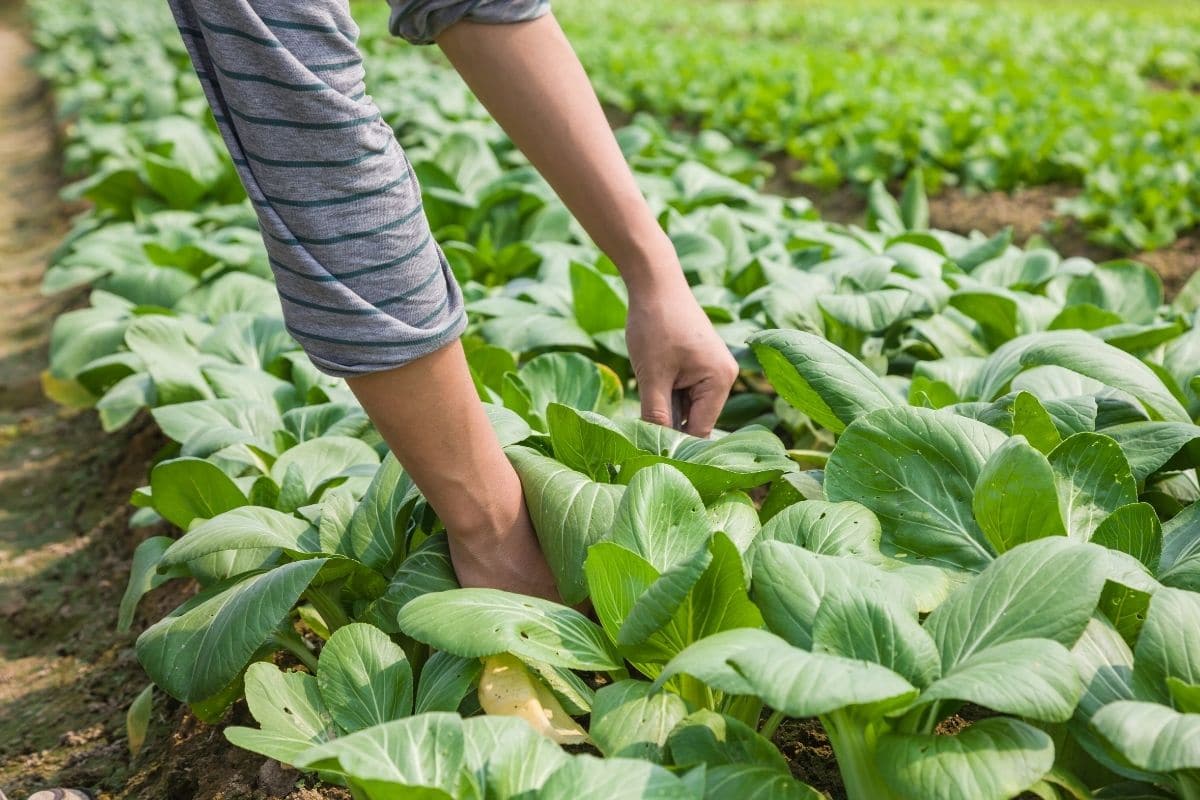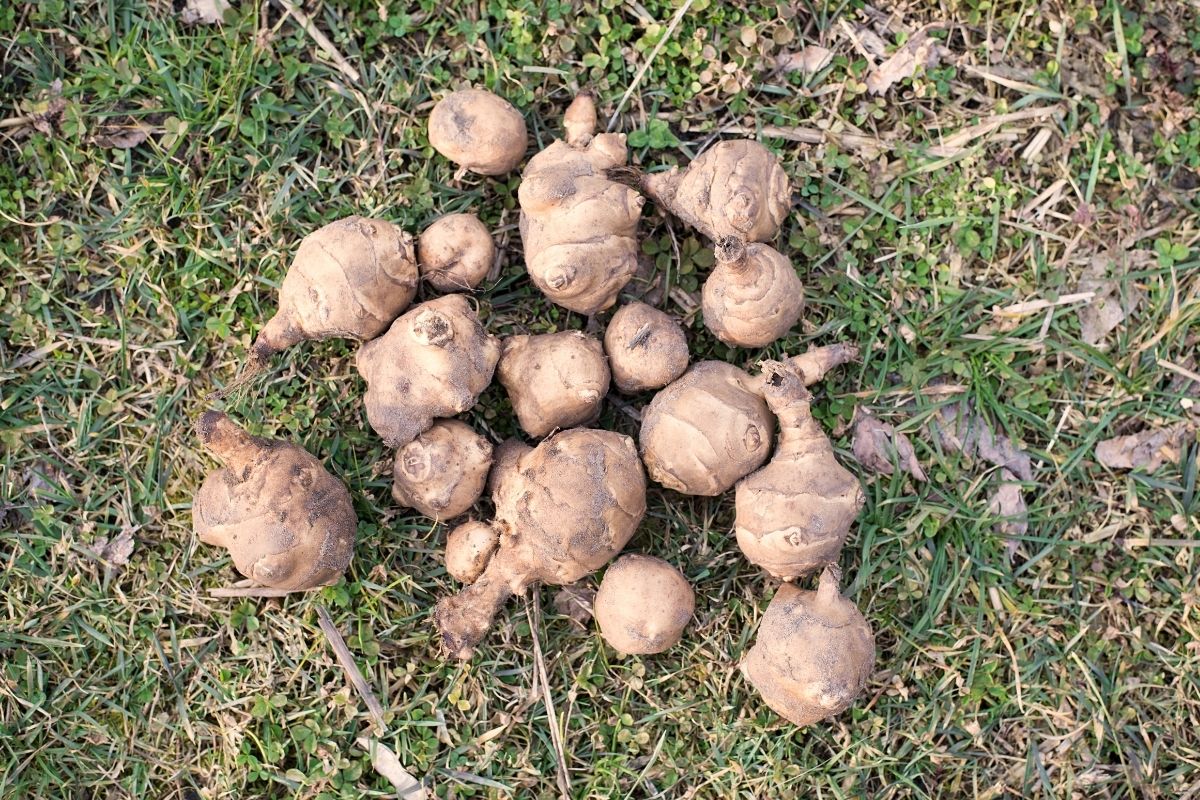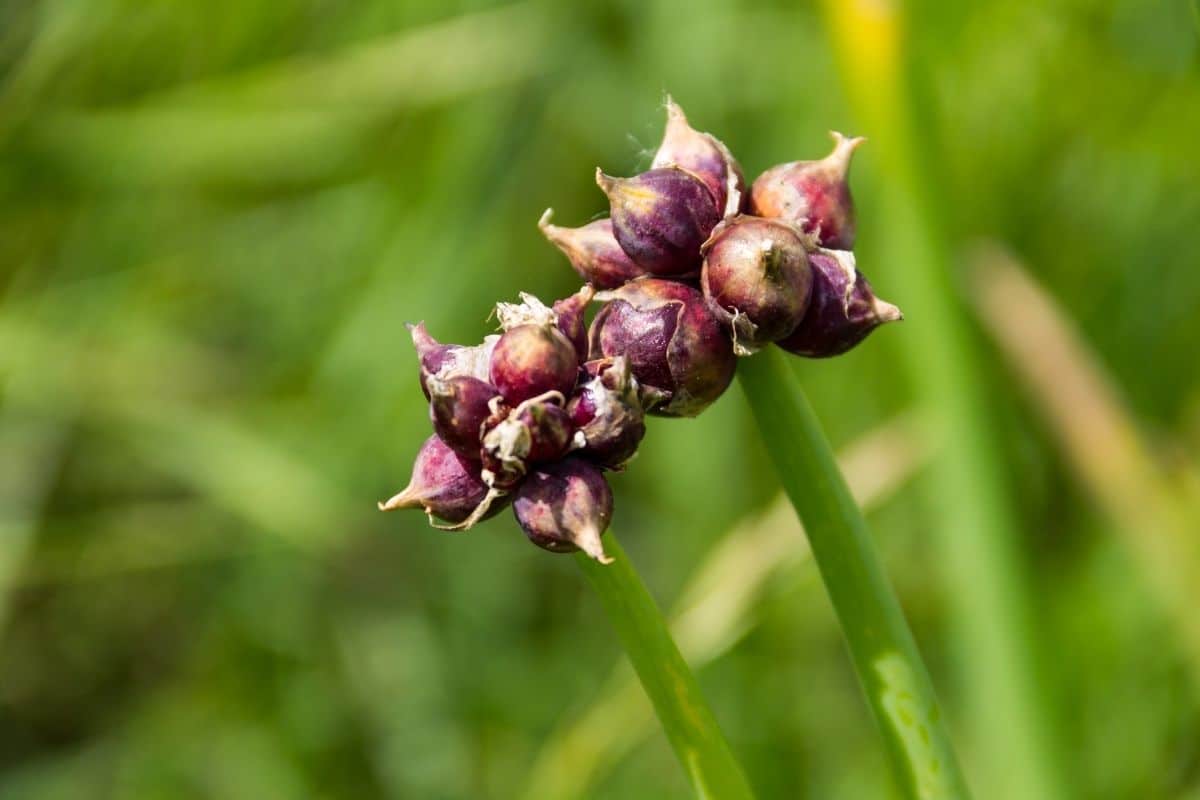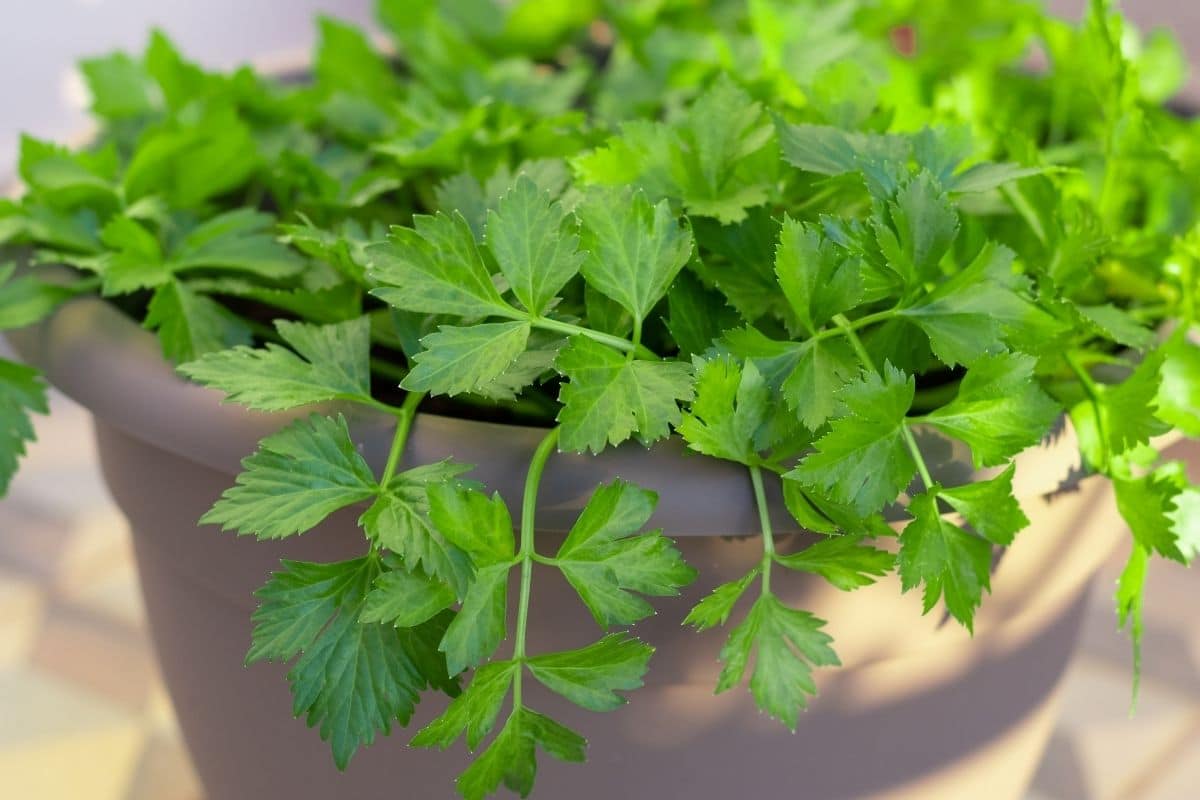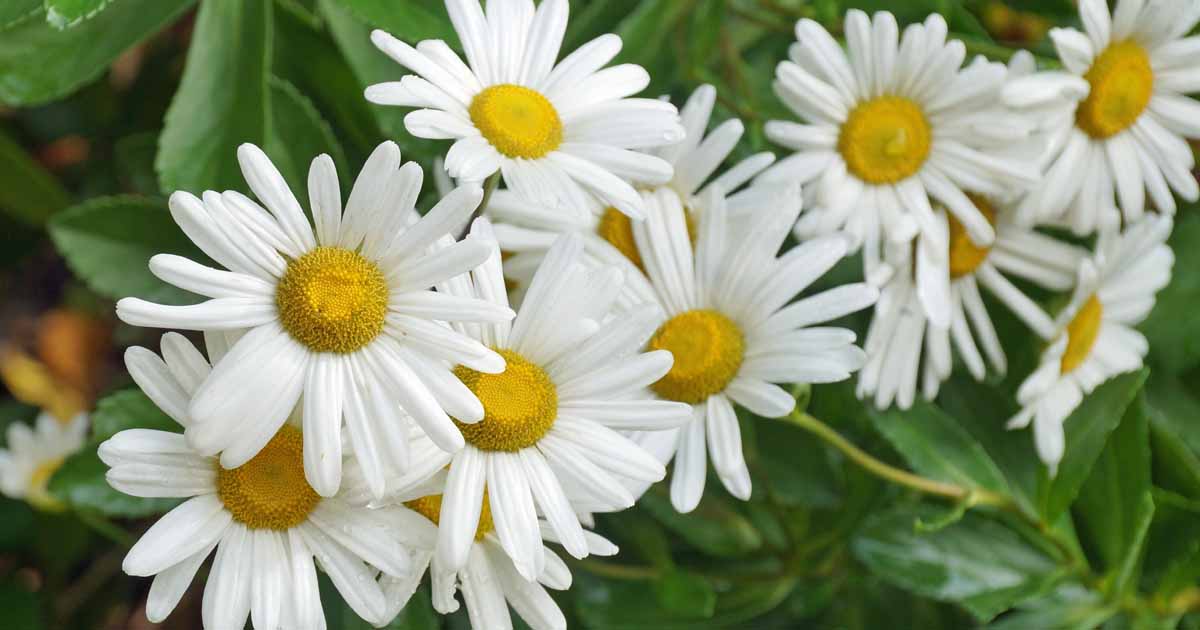If you have a short growing season where you live, you might be wondering how you can make the most of the limited time you have in your garden. Planting in succession is a smart choice. This will involve planting vegetables that mature at different rates so you can always be harvesting something from your garden.

Another option is to grow a plant that is known as a “cut and come again” kind of plant.
What does this mean?
You’ll be able to harvest leaves or other parts of the plant multiple times during a growing season – meaning you’ll get far more bang for your buck.
Consider planting these 30 veggies so you can cut and come again – you’ll love how often you can harvest your garden this summer!
Veggies You Can Cut and Harvest Again
If you want to make the most of your time spent in the garden, then planting vegetables that you can harvest over and over again is a must. Many of these items allow you to cut or even pluck from the vine or plant and watch them grow again in the same place. How amazing is that? This list of vegetables gives you tons of options to add to your garden that you can be sure everyone will enjoy.
If you are new to gardening then you might want to start with these garden hacks for a bigger harvest. It’s also important to know what to never do in the garden, and there is even a list of plants you should never grow together. So much information to get you started toward a large garden harvest.
1. Leeks
As part of the onion family, leeks are vegetables that are easy to cut and come again. If you are growing leeks outside, just cut the plant above the root end and new growth will appear on top. You can also save the ends of the plants and grow them in soil. The roots will take hold and produce new growth at the top, allowing you to double your leek harvest!
If you are looking for leek seeds, you might be interested in trying these wild ramp seeds. Similar to leeks, they have become very popular in recent years. I also do a lot of shopping from the Green Witch Seed Co. since they offer tons of heirloom varieties and all non-gmo options.
2. Amaranth
Technically a grain, amaranth is a beautiful vegetable that produces greens that can also be harvested numerous times as they grow. This plant produces small leaves that are tender and mild, while more mature leaves will be deeper and nuttier in their flavors. Of course, you could always wait for the plant to mature and harvest its seeds – but we like cutting multiple times per season instead!
3. Broccoli
You don’t have to wait for the entire head to mature! The best tips for making broccoli a cut and coming again is to wait until the head has fully formed, cut it, then come back a few days later. The plant will start sending out smaller shoots, or heads, in its place. You can keep cutting as long as the temperatures stay cool.
You can plant traditional green broccoli, purple broccoli, or even romanesco with similar results!
4. Arugula
A tangy, leafy green vegetable, arugula is perfect in homemade mesclun mixes. A fast-growing crop, it grows best in cool weather and can be harvested as few as four weeks after you first sow seeds. The leaves taste best while young, so do your best to harvest when they’re two inches long. Start at the outside of the plant and work your way in.
This is one of my favorite items to grow in a raised bed garden. So easy to harvest over and over again throughout the summer months!
5. Fiddleheads
These wild-growing ferns are delicious in salads and can also be cultivated in a garden. Cut only a third of the shoots, though, or you risk killing the plant. You might also appreciate this list of weeds and wildflowers you can eat. They can often be thrown together with things like this as great choices for foraging.
6. Swiss Chard
Swiss chard is just like a beet, but it doesn’t form the edible bulb. Instead, it forms deep green and red leaves on colorful stems. You can eat both the stems and leaves of this plant, but the leaves are the real winner here since they can be continuously harvested throughout the growing season.
7. Turnip Greens
Like beets, turnips produce delicious greens that produce just above the oil line. You can cut these when they are four inches long, but be sure to only take a few leaves from a plant at a time. SoJourn Heirlooms has great seed sources for turnip, mustard, and even collard greens.
8. Carrot Greens
As with other root vegetables, you can’t harvest carrots multiple times per season. However, you can take multiple cuttings of their greens. You’ll just want to snip the top greens and use them in your salads or as garnishes as they develop. Don’t worry, the roots will keep growing as long as you don’t cut too much!
These are some of the best root vegetables to grow in containers. So handy and easy to harvest over and over again before you pull the root vegetable from the ground.
9. Asparagus
Asparagus is another easy-to-grow vegetable that returns every year. As a perennial, it takes up to three growing seasons to become established enough for a harvest. However, once mature, you can cut your asparagus plants several times. Cut them when they’re six inches tall. Doing so will encourage more shoots to form in their place.
I like planting a variety of Purple Passion Asparagus as well as Jersey Knight Asparagus so I have multiple colors to serve and enjoy.
10. Romaine Lettuce
Many kinds of lettuce can be cut and come again, but romaine lettuce is one of our favorites. You can cut the outer leaves of the bunches as they grow. Lettuce is perfect for growing in a pallet garden since you don’t need a ton of space.
11. Spinach
You don’t have to be Popeye in order to enjoy a good harvest of spinach! To harvest your spinach leaves, wait for cooler temperatures to roll in. Spinach needs about six weeks of cooler weather and will bolt or become bitter as the weather warms up. Cut spinach leaves before they fully mature and you can do so multiple times.
12. Kale
There are tons of different kinds of kale you can grow, most of which are available in varying shades of purple and green. This non-heading plant produces either flat or curly leaves, with a harvest tasting sweetest when the leaves are cut in the spring or fall. Regardless of when you choose to harvest, though, know that you will be able to cut plentiful amounts multiple times throughout the growing season.
If you’ve never grown kale and aren’t sure what you would like, try both the Lacinato kale for flat leaves and the Dwarf Blue Scotch Curly kale for what you may see more often in recipes and grocery stores.
13. Scallions
Also referred to as green onions, scallions grow quickly and produce tubular green shoots and small bulbs. You can’t harvest the bulbs multiple times per growing season, but you can harvest the greens. To do this, just cut them an inch or so above the soil line when the plants are six inches tall. They’ll keep sending out shoots. Farmstead Seed Supply is my favorite place to get green onion seeds to start in my garden each year.
14. Radicchio
Radicchio is a form of leaf chicory that is prized for its gorgeous purple leaves with white veins. This plant has a somewhat spicy, nutty flavor when it’s raw but is much sweeter after a frost, as well as when it is cooked. There are many types of radicchio you can grow, but for a cut- and come-again harvest, choose the type that forms an upright head, like romaine lettuce.
15. Basil
Technically an herb, basil is a fast-growing herb that grows best in the heat and produces tons of leaves that are perfect for making soups, pestos, sauces, oils, and more. Growi t next to your peppers and tomatoes, where it will serve as a wonderful companion plant, and enjoy cutting the leaves multiple times throughout the growing season.
If you have space, growing basil, along with any herb, is super easy with a vertical growing wall. I love how it looks but also how convenient they are to grow and harvest over and over again.
16. Parsley
Like basil, parsley is an easy herb to cut and come again. The more often you cut, the better it will grow, too.
17. Beets
Beets are also known for their exceptional productivity in the garden. You can harvest the beetroots at the end of the season, but if you’re a little on the impatient side, feel free to cut the greens, too! The best-tasting beet greens are those that you will harvest continually throughout the season. Trim the outer leaves as soon as they are three or four inches tall, and don’t let them get taller than six inches. The smaller the leaves, the better.
Did you know that not only can you grow Detroit dark red beets but they also have golden beets? I love the mixture of colors in salads.
18. Collard Greens
Collard greens are closely related to broccoli and kale. As a loose leaf cabbage cultivar, collard greens grow broad, rosette-forming leaves. You can cut these leaves every so often by cutting them at the base – don’t worry, they’ll come back.
19. Cress
Fast-growing vegetable cress can be harvested in just two weeks. Once it’s mature, you can harvest continuous cuttings as long as you leave a half-inch stem behind each time.
These grow exceptionally well in vertical gardens. I love building them along the outside walls of our house near our patio. Convenient and adds tons of color to the space.
20. Chives
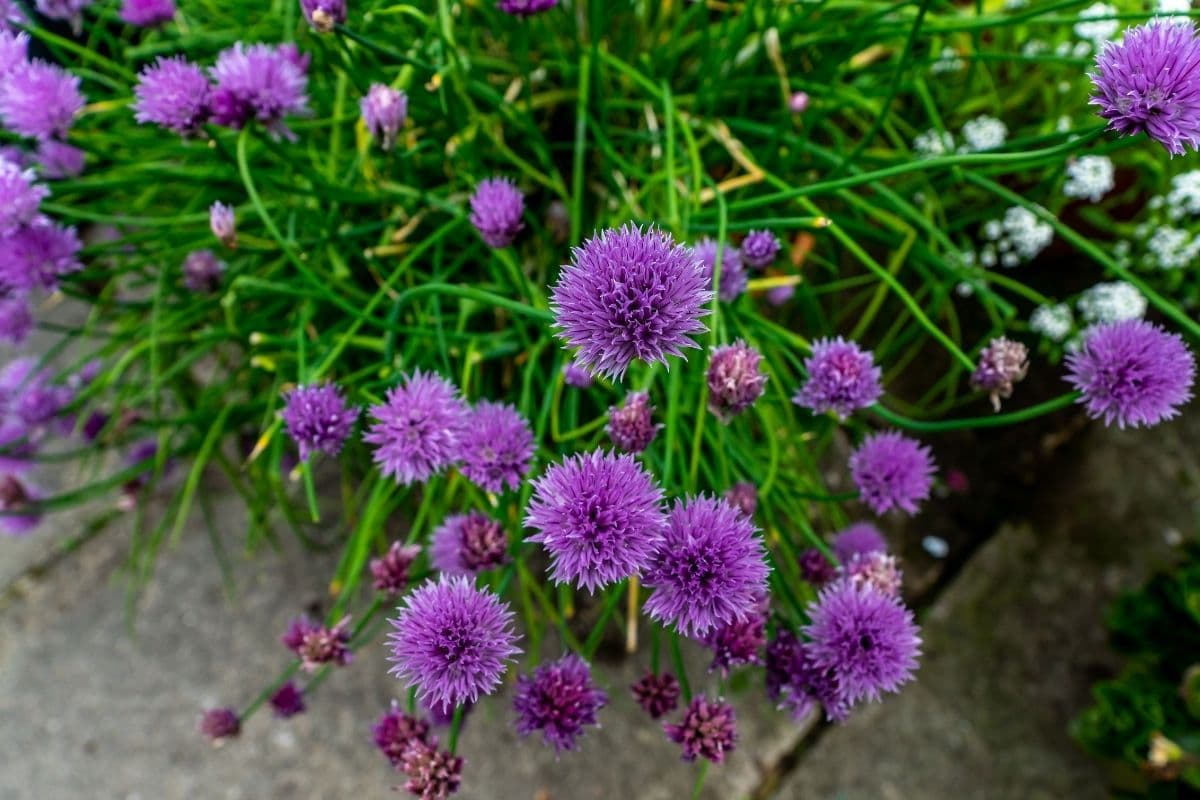
An easy to grow perennial herb, the chive is not only a rapid grower that will come back every year, but it will also come back for a multitude of harvests during the summer months. Prune the entire plant back, allowing an inch or two of growth to remain at the soil line.
21. Mache
Mache is a small leafy green also known as lamb’s lettuce, rapunzel, and nut lettuce. You can harvest the outer leaves as soon as they are three inches long and work your way toward the inside of the plant. Don’t worry, they’ll keep producing for you!
22. Sorrel
There are two main species of sorrel you can grow, including French and common sorrel. Both can be harvested multiple times, but don’t eat too much -sorrel contains large amounts of the chemical oxalate, which can be harmful in large doses.
23. Chicory
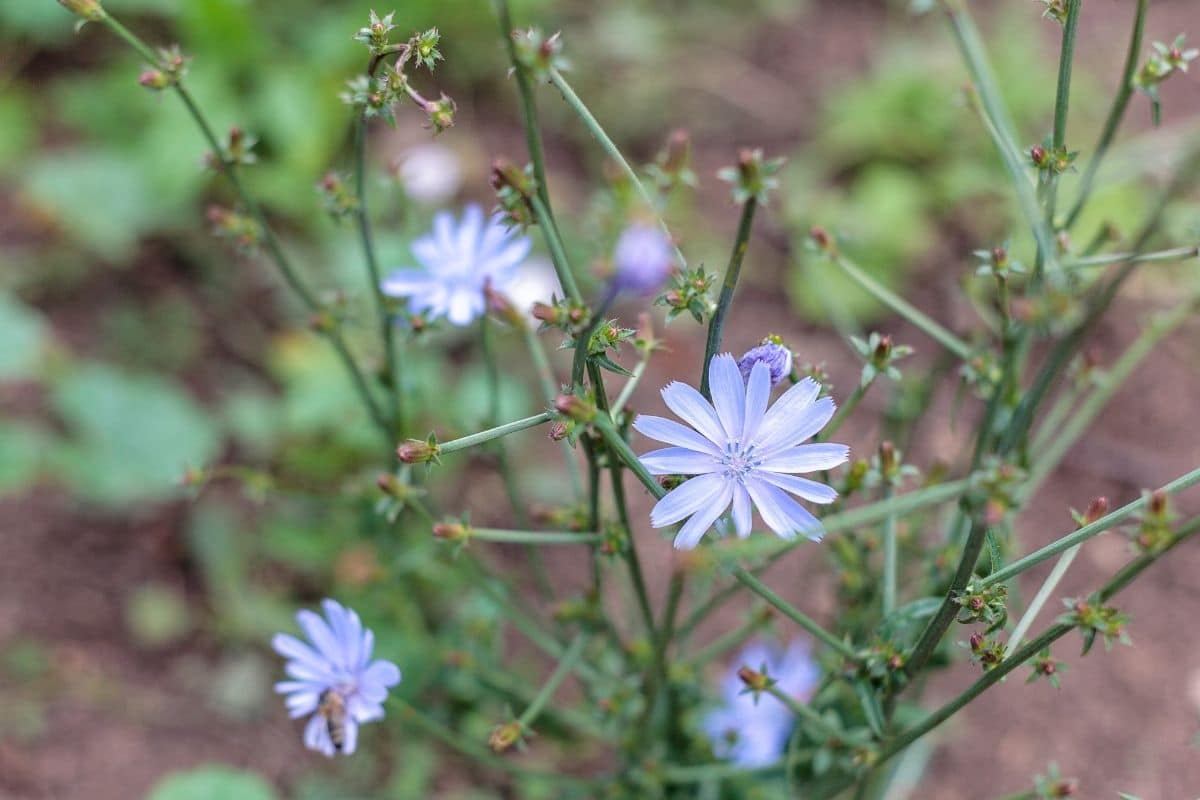
Chicory is sometimes viewed as a weed, but this plant, which looks a lot like a dandelion, grows in a rosette that makes it the perfect candidate for cut and come again harvesting. Just snip a few outside leaves from the plant for a continuous harvest.
24. Scarlet Runner Beans
Many gardeners plant scarlet runner beans as ornamentals, but they can also be grown for consumption. You can harvest everything from this plant, including the beans, the flowers, the leaves, and the tubers. If you plan to add these to your garden, you may want to check out these DIY trellis ideas to make sure they don’t overrun your garden.
25. Cauliflower
Like broccoli, cauliflower is a plant that you can cut and come again. Cut the main head after it matures and then, as long as the weather is cool enough, you can return and snip the tiny florets that appear after the main head has been severed.
26. Dandelion
Don’t turn your nose up at this one quite yet! Although dandelion has long been considered a weed, it’s actually a plant you might want to think about keeping in your summertime garden. This flower has a deep taproot, meaning you can cut it all the way down to the ground and it will still regrow. You can use the leaves for salads and even harvest the blossoms, too.
27. Bok Choy
Bok choy isn’t the most commonly grown garden vegetable, but keep in mind that it’s easy to grow. Plus, you can cut it and come again as many times as you’d like. You will just need to remove the leaves growing on the outside – or you can cut the entire plant back as long as you leave a few inches. Bok choy will sprout a new place.
Consider not just planting traditional green bok choy, but you may also love the purple bok choy for adding color and flavor to your meals.
28. Sunchokes
Sunchokes, also known as Jerusalem artichokes, can be cooked like potatoes or simply eaten raw. They grow from underground tubers and spread by rhizomes. These plants are vigorous growers and can be cut multiple times during a season.
29. Egyptian Onions
Also known as bunching onions, Egyptian onions will continuously produce new onions even after they are harvested. Later on, in the summer, it will produce additional tiny bulbils that you can use as they are or replant in the fall for additional onions. You can use these small onions just as you would use any other kind of onion in your cooking.
30. Celery
Celery requires a long growing period, but as long as you’re patient, you can harvest celery for several months. Just snip the outside stalks and start working your way toward the interior of the plant when it’s around eight inches tall. You can harvest celery earlier, too, for a more pungent, crisper stalk.
The Best Tips for Growing Cut and Come Again Veggies
Thinking about growing a few cuts and come again veggies? If so, you’ll want to heed these tips.
First, remember that there is a proper season for growing just about anything. Make sure you adhere to the proper planting guidelines and timelines for your vegetable of choice so that you can yield multiple harvests. Also, while you can probably get multiple cuttings of these plants per season, you need to set them up for success! How do you do this?
It’s simple. Make sure your plants are fertilized during the growing season by using a well-balanced fertilizer, such as compost tea, or add plenty of compost to the soil prior to planting. Do your harvesting in the morning, after the dew has dried but before it gets too hot, which is when most vegetables will taste the best. After you harvest, be sure to reward your plants for their hard work with a nice, slow drink of water.
Otherwise, you’ll be able to enjoy multiple cuttings of these delicious vegetables all season long. When you grow veggies you can cut and come again for an endless supply of food, you’ll be making light work of your gardening chores – and filling your freezer in the meantime!

